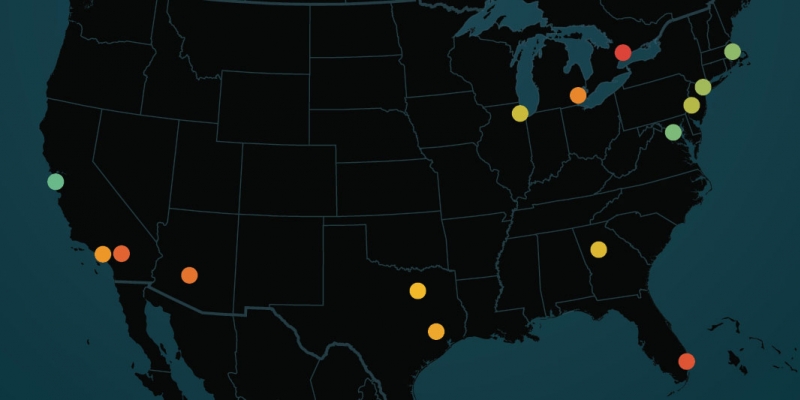Labour Policy
Economic Recovery in Canada before and after COVID: Job Growth in the Government and Private Sectors
— Oct 22, 2024
 Read the Full Report
Read the Full Report View the Infographic - Govt. vs. Private Employment in Canada
View the Infographic - Govt. vs. Private Employment in Canada View the Infographic - Govt. vs. Private Employment in BC and Alberta
View the Infographic - Govt. vs. Private Employment in BC and Alberta View the Infographic - Govt. vs. Private Employment in Ontario
View the Infographic - Govt. vs. Private Employment in Ontario View the Infographic - Govt. vs. Private Employment in Atlantic Canada
View the Infographic - Govt. vs. Private Employment in Atlantic Canada Read the News Release - Canada
Read the News Release - Canada Read the News Release - British Columbia
Read the News Release - British Columbia Read the News Release - Ontario
Read the News Release - Ontario
— Oct 3, 2024
— Aug 7, 2024
— Jul 23, 2024
— Jun 27, 2024
Subscribe to the Fraser Institute
Get the latest news from the Fraser Institute on the latest research studies, news and events.
Research Experts
-
Executive Vice President, Fraser Institute
-
Senior Policy Analyst, Fraser Institute
-
Senior Fellow in the Centre for Economic Freedom, Fraser Institute
-
President, Fraser Institute








